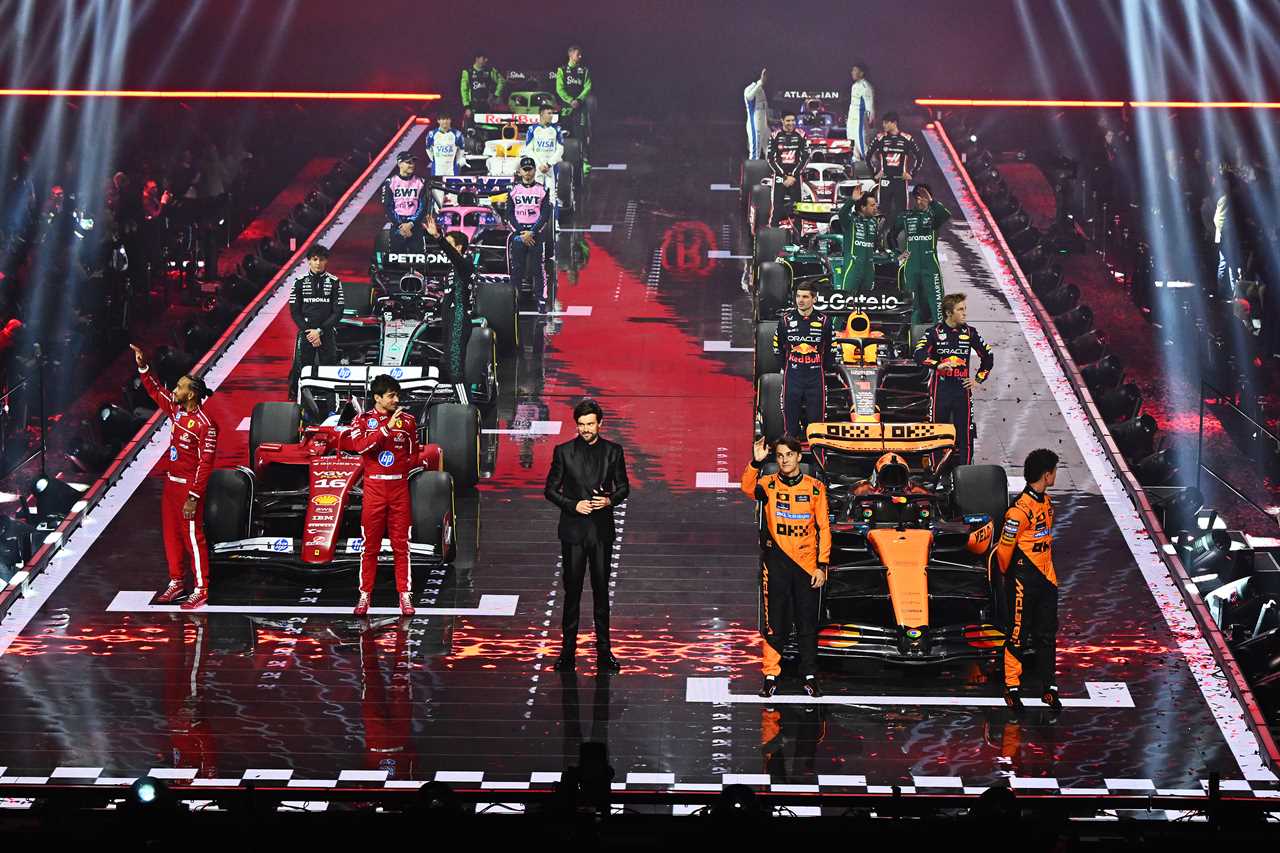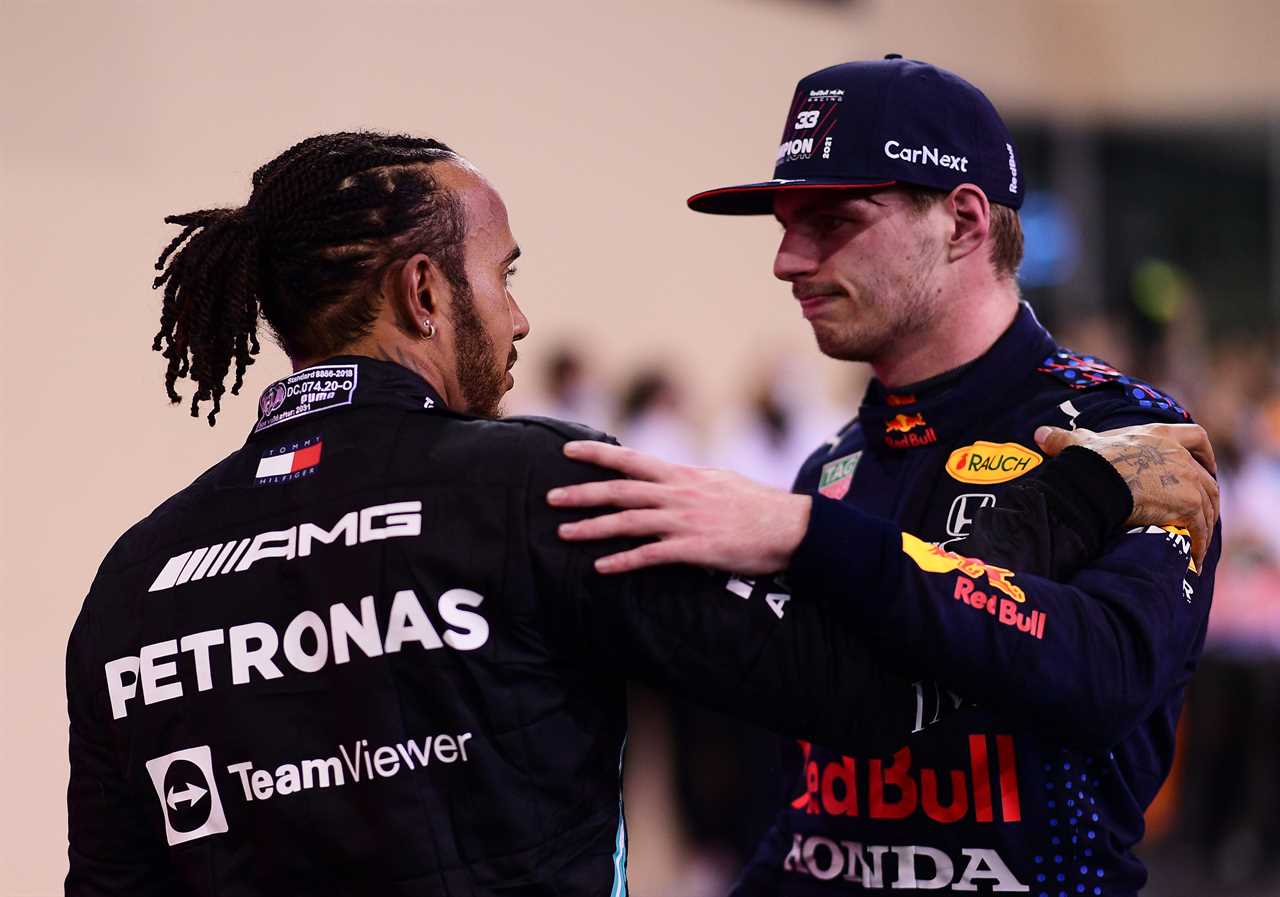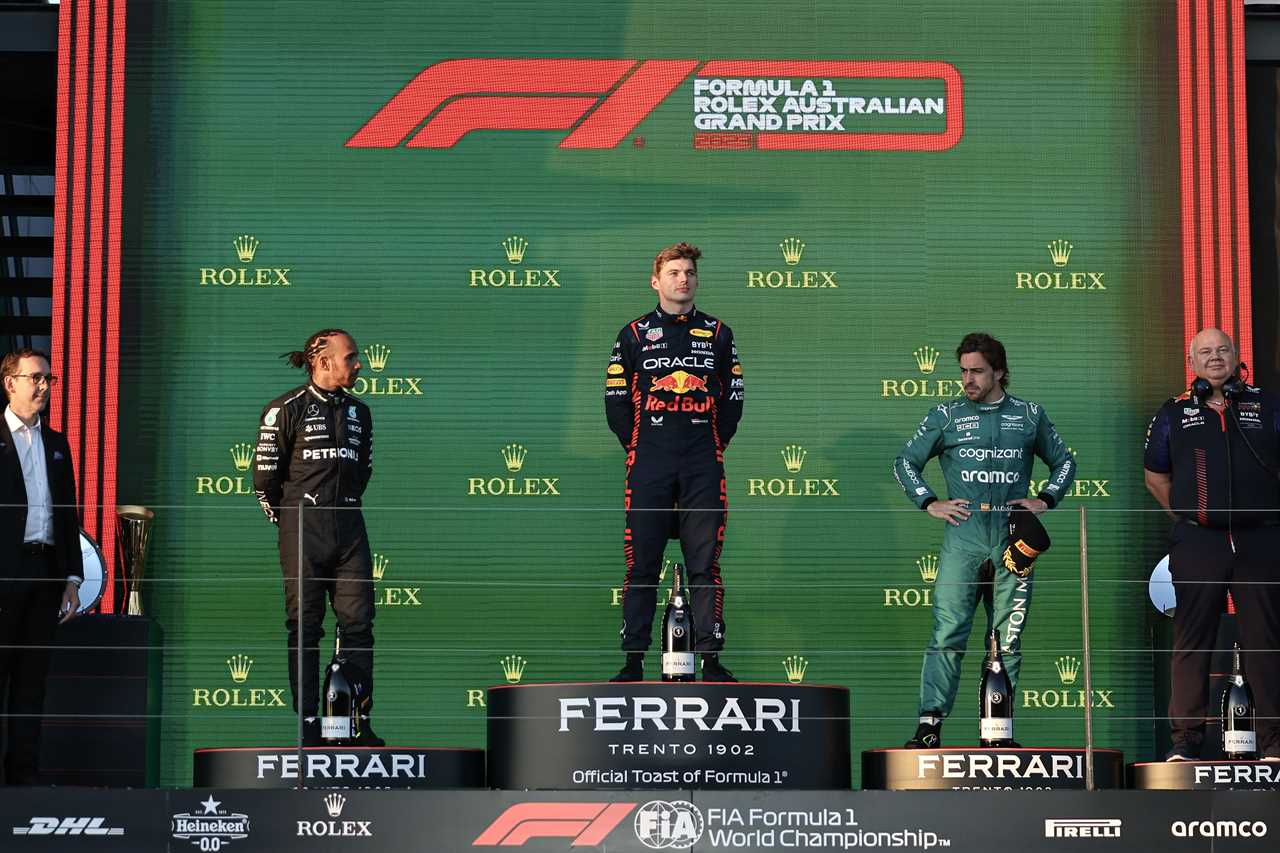
Audio Summary of the Article
New Season, Fresh Ambitions
The latest Formula 1 season has kicked off, bringing with it intense competition as drivers vie for the prestigious World Championship. With a mix of seasoned professionals and promising newcomers, fans are in for a thrilling ride as the battle for supremacy unfolds on the tracks.
Rising Stars: Six Rookies on the Grid
This year marks a significant influx of talent with six rookies joining the grid, each eager to make their mark and vie for their first championship title. These fresh faces bring new energy and strategies, promising to shake up the dynamics and challenge the established order in the highly competitive arena of Formula 1.
Veteran Drivers Still in the Hunt
Despite the influx of new talent, a group of experienced drivers remains in contention for the championship. These veterans, with their extensive knowledge and proven track records, are determined to add more accolades to their impressive careers, ensuring that the competition remains fierce and unpredictable.
Verstappen Aims for Historic Fifth Title
Max Verstappen, the reigning champion, is set to pursue his fifth consecutive World Championship this season. Driving for Red Bull, Verstappen has dominated the racing circuit since 2021, and a victory this year would place him alongside the legendary Michael Schumacher, both boasting five consecutive titles.

Hamilton Targets Record-Breaking Eighth Championship
Lewis Hamilton, currently tied with Schumacher at seven championships each, is striving to secure his eighth title. Recently switching from Mercedes to Ferrari, Hamilton is keen to continue his remarkable legacy. His relentless pursuit of excellence since his first championship in 2008 has made him a formidable competitor and a fan favorite.
Alonso: The Enduring Competitor
At 43, Fernando Alonso remains a formidable presence on the track. The two-time world champion, now racing for Aston Martin, may not be chasing a title like before, but his skill and experience still allow him to podium on occasion. Alonso's perseverance and strategic racing continue to inspire both fans and fellow drivers alike.
Season Expectations and Key Battles
With three former world champions racing this year, the competition is set to be exceptionally high. Verstappen and Hamilton are the primary contenders, each bringing their unique strengths and aspirations. Meanwhile, Alonso's experience could play a crucial role in pivotal races, adding an extra layer of excitement to the championship battle.
Looking Ahead
As the 2025 Formula 1 season progresses, fans can expect a series of exhilarating races filled with high-speed drama and strategic maneuvers. The blend of new talent and experienced champions ensures that every Grand Prix will be a spectacle, keeping audiences on the edge of their seats. Whether it's a rookie making history or a veteran securing another title, this season promises unforgettable moments in the world of motorsport.

Final Thoughts
The stage is set for a captivating Formula 1 season, where ambition meets experience. As drivers push their limits and teams refine their strategies, the quest for the World Championship will undoubtedly deliver memorable racing action. Stay tuned as the story of F1 2025 unfolds, showcasing the very best of what this elite motorsport has to offer.
Frequently Asked Questions
Could you explain the role of the Power Unit in a Formula 1 car?
The Power Unit (PU) in a Formula 1 is a combination engine with electrical systems. This includes the Energy Recovery System. It is used as a primary source of propulsion. The internal engine produces the base power, which is then augmented with the ERS to provide additional performance. The integration of these components is critical for achieving optimum power delivery, efficiency, and compliance with regulatory constraints.
How is the design of F1 cockpits aimed at improving driver comfort and safety.
F1 cockpits were designed with driver safety and comfort as the primary focus. Safety is further enhanced by the use a carbon-fiber composites survival cell, padding, and halo devices. The seats are individually molded to fit each driver. This ensures a secure, comfortable fit. The cockpit is designed with a minimum amount of space to facilitate driver extraction.
How does technology affect F1 racing strategy?
F1 strategies rely heavily on technology. This includes real-time analysis of data, predictive modelling, and simulation. Teams analyze a vast range of data, from tire performance metrics to weather predictions, to inform strategic decisions on pit stops, tire choices, and fuel management. Advanced software models and machine learning can simulate race situations to create the most effective strategy. Teams then adapt their strategies during the race based on the data they collect and the conditions that are changing.
What are the steps Formula 1 is taking to make it more sustainable?
Formula 1 is taking several measures to be more sustainable. One of the major initiatives is the transition to biofuels. The goal is to achieve a carbon footprint net zero by 2030. The sport is researching advanced sustainable fuel technologies to reduce greenhouse gas emissions. Efforts around logistics, such as carbon offsetting and greener travel methods, are being implemented. F1 works closely with partners in order to improve the recycling of components and to reduce waste.
What innovations in Formula 1 engines have improved fuel economy?
Several key innovations have improved the fuel efficiency of Formula 1 engines. Turbocharging enables smaller displacement engines produce more power while using less fuel. Direct fuel injection provides precise fuel delivery for better combustion efficiency. The incorporation of the Energy Recovery System (ERS) captures wasted energy and reuses it, reducing the overall fuel demand. The efficiency and sustainability of F1 power units are improved by these and other innovations.
What role does aerodynamics have in Formula 1 racing
In Formula 1, aerodynamics is crucial as it affects the handling and performance of the racecars. The race cars are designed for downforce to be generated by the wings and bodywork. This pushes them into the track improving grip, and allows higher cornering speeds. Factors such as drag reduction are also crucial for maximizing straight-line speeds. Aerodynamic efficiency dictates balancing downforce and drag, leading to complex designs and ongoing development throughout the racing season.
Statistics
- A Formula 1 steering wheel is one of the most complex components of the car, costing up to $50,000 to produce.
- Wind tunnel testing for Formula 1 cars is limited by regulations, with teams only allowed a maximum of 40 hours of running per eight-day aerodynamic testing period.
- The halo device introduced into Formula 1 in 2018 is designed to withstand the equivalent weight of a London double-decker bus.
- Modern Formula 1 car chassis are required to withstand a frontal crash test with a peak deceleration of no more than 25 g.
- Since the hybrid power units were introduced in 2014, thermal efficiency has increased from around 29% to surpass 50%, a remarkable figure compared to standard road car engines.
- Computational fluid dynamics simulations are capable of calculating around 300 million mesh points to simulate airflow around a Formula 1 car.
- The minimum weight for a Formula 1 car, including the driver but excluding fuel, is set at 752 kg for the 2023 season.
- In 2021, Formula 1 announced its plan to have a net-zero carbon footprint by 2030, which includes the cars, on-track activities, and the rest of the operations.
External Links
How To
How to Identify Safety Features in Formula 1 Cars
Start with the most obvious safety feature, the halo, which protects the driver from head injuries. Examine the car's monocoque, a strong carbon fiber shell that serves as the core structural component and survival cell. Learn about the frontal, side and rear crash structures and how they are designed to absorb impact. Learn about F1's strict crash testing and safety systems such as the HANS device, fire suppression mechanisms and other onboard safety devices.
Did you miss our previous article...
https://sportingexcitement.com/formula-1/marquez-sparks-grid-mayhem-at-cota-before-crash-ends-race
 CricketBoxingFormula 1GolfHorse RacingPremier LeagueTennisPrivacy PolicyTerms And Conditions
CricketBoxingFormula 1GolfHorse RacingPremier LeagueTennisPrivacy PolicyTerms And Conditions
